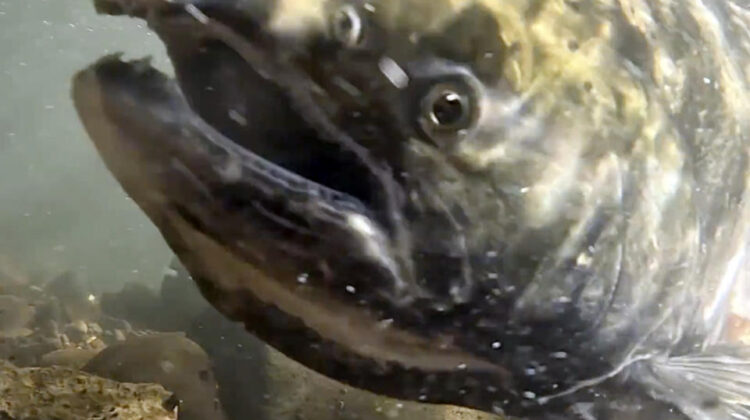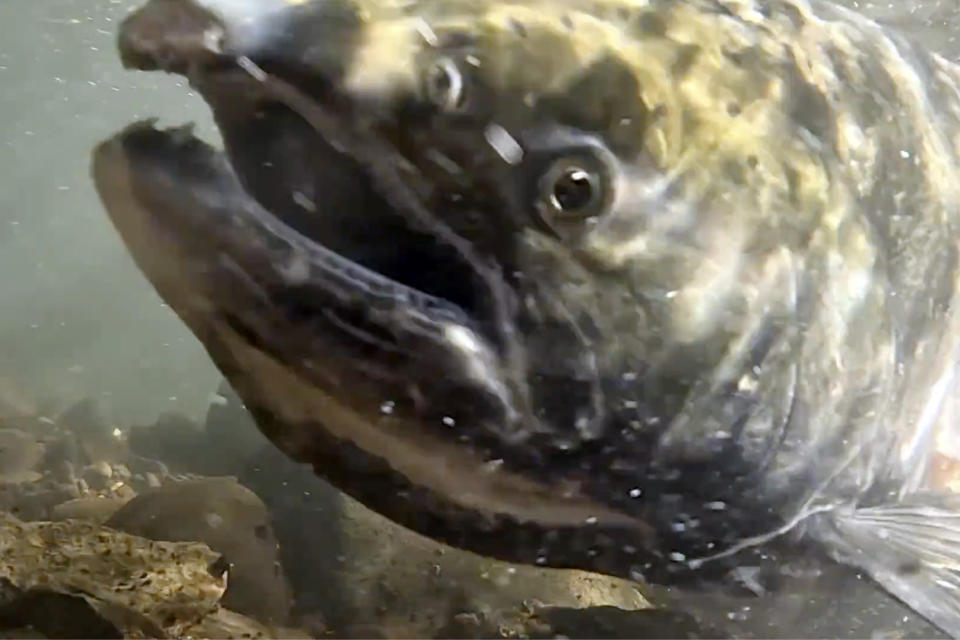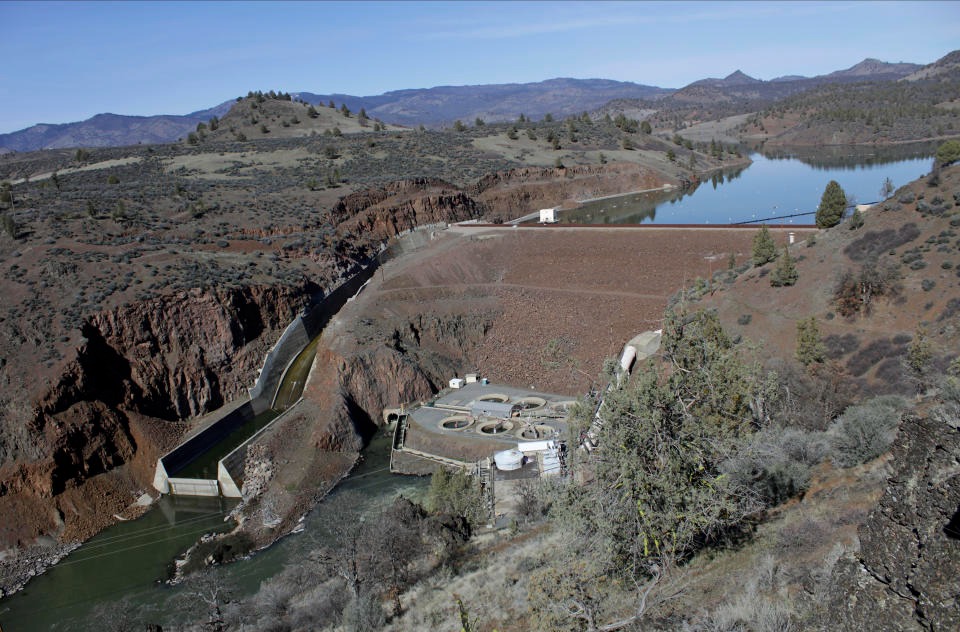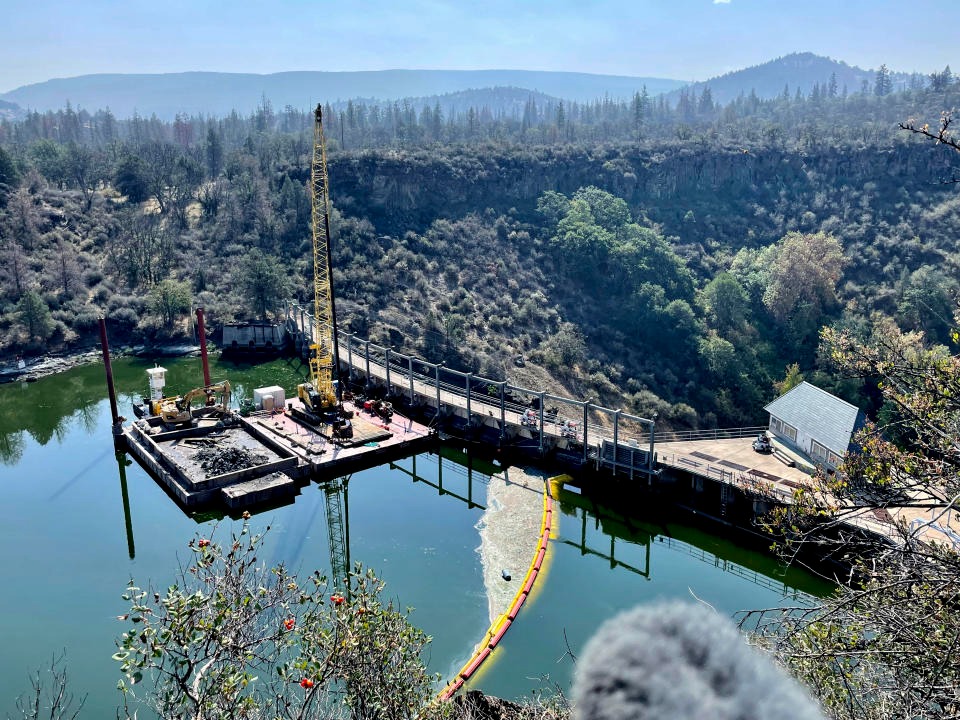
After the largest dam removal project in the history of the United States, the iconic Chinook salmon have begun returning to their ancestral spawning grounds along the Klamath River. This monumental event marks a significant environmental restoration effort that spans the borders of Oregon and California, covering over 400 miles of river ecosystem.

For decades, the local tribes, including the Yurok and Karuk, have tirelessly advocated for the removal of the four hydroelectric dams that have obstructed the salmon’s path, leading to drastic declines in population due to habitat loss and deteriorating water quality. The completion of this project not only signifies a cultural and ecological revival but also sets a precedent for similar conservation efforts worldwide.

The early reports from the riverbanks are promising: hundreds of salmon have been observed navigating the freed waters, with tribal members and biologists documenting the resurgence of life. The sight of salmon once again laying eggs in the Klamath’s tributaries has brought joy and hope to the communities who view these fish as integral to their cultural heritage and natural heritage.
The removal of the dams, which were initially built between 1918 and 1962 by PacifiCorp, has already led to noticeable improvements in water quality. Measurements indicate a significant reduction in harmful algae blooms and cooler water temperatures, which are crucial for the health of the salmon. These environmental changes are expected to bolster the salmon population, which in turn supports the entire river ecosystem.

Barry McCovey Jr, director of the Yurok Tribal Fisheries department, expressed optimism about the river’s future, noting that the salmon are directly contributing to the ecological research necessary for ongoing restoration efforts. The return of the salmon is more than a biological success; it’s a restoration of justice, returning a vital resource to the people and places that depend on it.

This event also highlights the broader implications of dam removal for ecological restoration and energy policy. The dams, while once useful for hydroelectric power, contributed only minimally to the regional power supply and offered no benefits in terms of irrigation or flood control. Their removal underscores a shift towards more sustainable and ecologically friendly energy practices.

ASSOCIATED PRESS

The Klamath River’s revival is a story of resilience and hope. It demonstrates the power of community advocacy and the importance of aligning human activities with environmental stewardship. As the river continues to heal, it serves as a living laboratory for restoring damaged ecosystems and a testament to what can be achieved when we prioritize the health of our natural world.

Leave a Reply